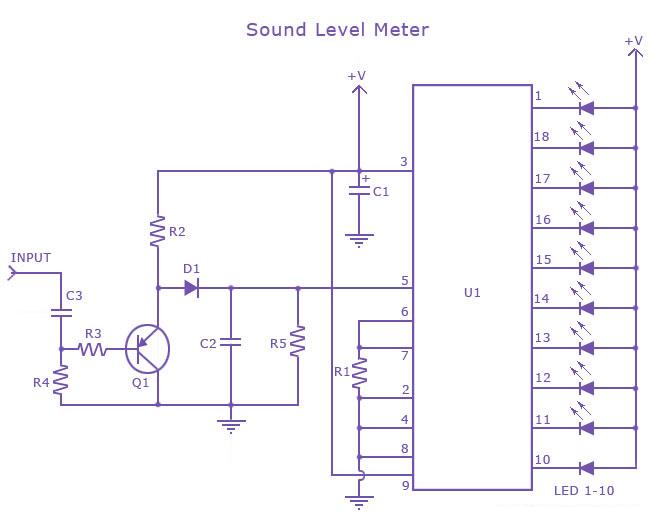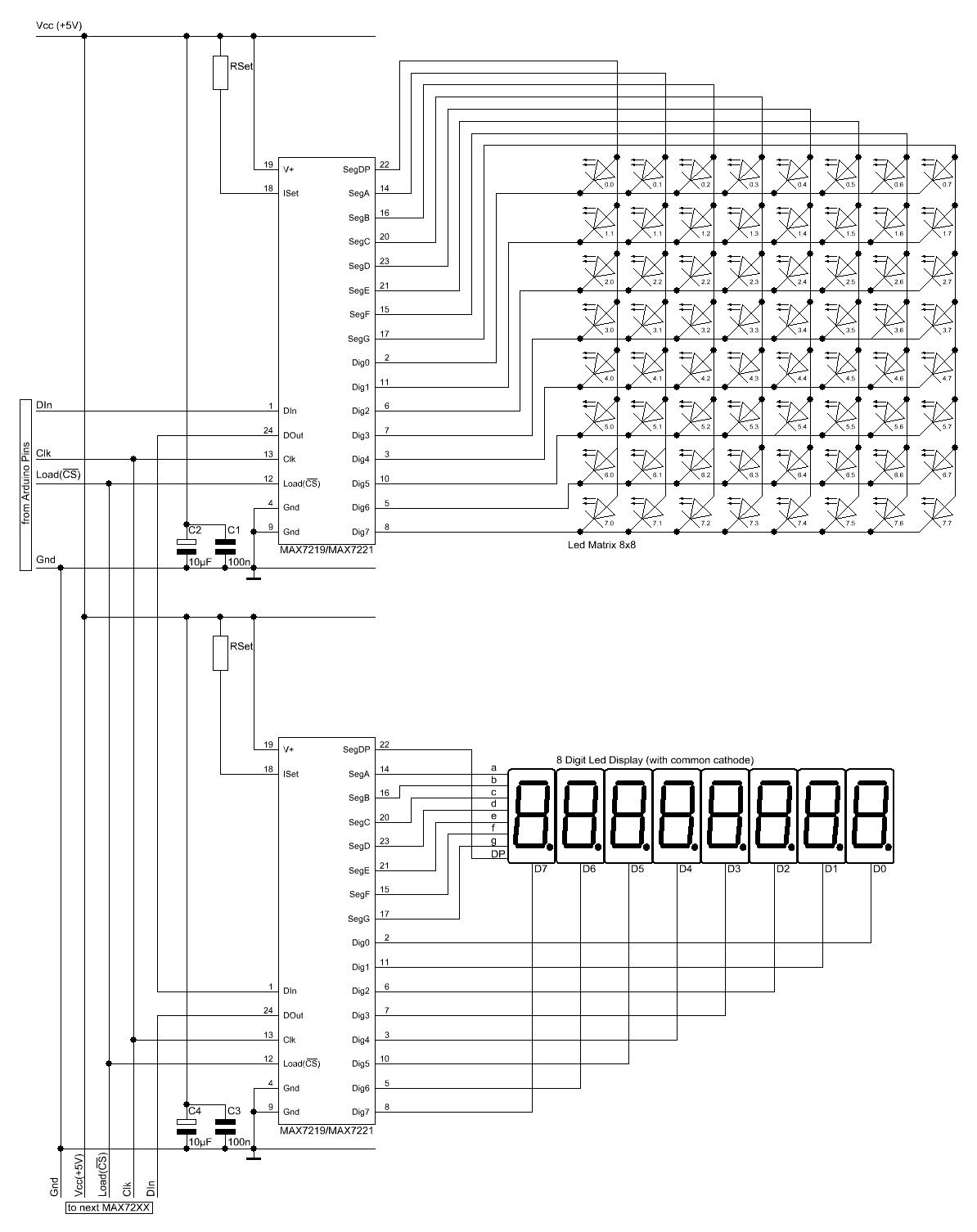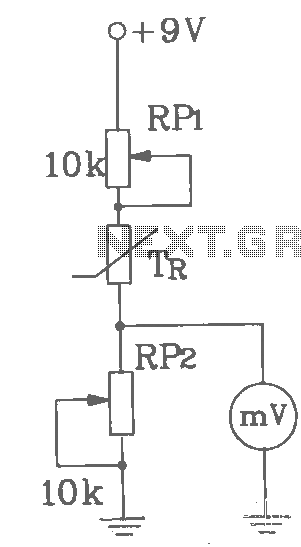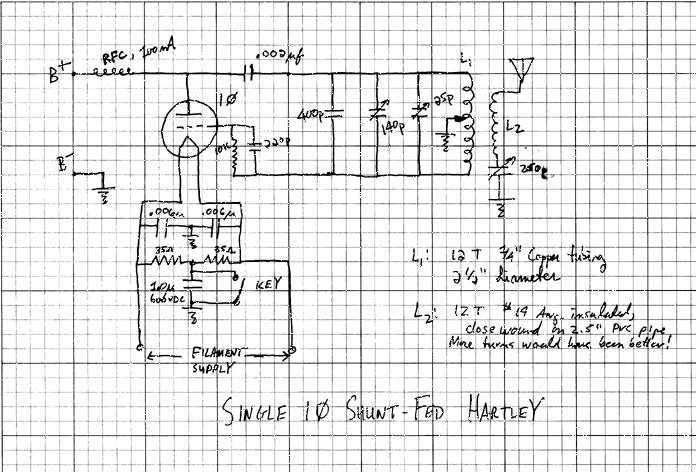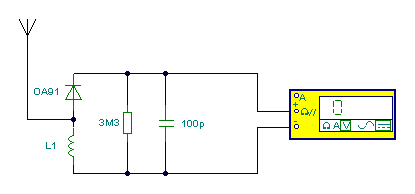
Stereo balance meter
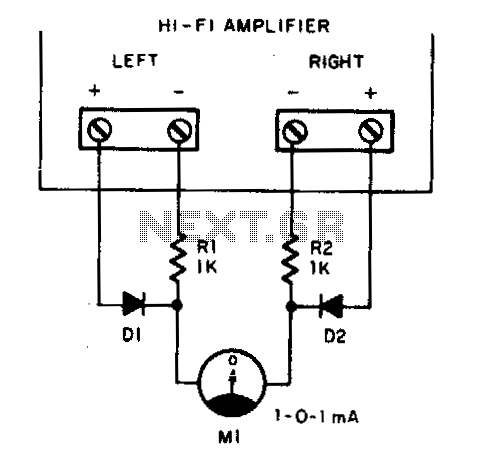
Play any stereo disc or tape and then set the amplifier to mono. Adjust the left and right channel balance until meter Ml indicates zero; then the left and right output levels are identical.
To implement a system that allows for the playback of stereo discs or tapes in mono mode, the circuit must include an amplifier capable of processing both stereo inputs. The amplifier should have a mono switch that combines the left and right channels into a single output.
The circuit design would typically involve two input channels, each connected to a potentiometer for adjusting the balance. These potentiometers will allow for fine-tuning of the left and right audio levels before they are mixed. The outputs from the potentiometers feed into a summing amplifier, which combines the signals into one mono output.
In this configuration, a meter (Ml) is employed to provide feedback on the balance adjustment. The meter is connected to the output of the summing amplifier and is calibrated to indicate zero when the left and right channel levels are equal. The user will adjust the potentiometers until the meter reads zero, ensuring that the output levels are identical.
This setup is essential for applications where stereo separation is not desired, such as in mono audio systems or when listening to recordings that were originally mixed in mono. Proper implementation of the balance adjustment ensures optimal sound quality and uniformity in audio playback.Play any stereo disc or tape and then set the amplifier to mono Adjust left and right channel balance until meter Ml indicates zero; then the left and right output level are identical.
To implement a system that allows for the playback of stereo discs or tapes in mono mode, the circuit must include an amplifier capable of processing both stereo inputs. The amplifier should have a mono switch that combines the left and right channels into a single output.
The circuit design would typically involve two input channels, each connected to a potentiometer for adjusting the balance. These potentiometers will allow for fine-tuning of the left and right audio levels before they are mixed. The outputs from the potentiometers feed into a summing amplifier, which combines the signals into one mono output.
In this configuration, a meter (Ml) is employed to provide feedback on the balance adjustment. The meter is connected to the output of the summing amplifier and is calibrated to indicate zero when the left and right channel levels are equal. The user will adjust the potentiometers until the meter reads zero, ensuring that the output levels are identical.
This setup is essential for applications where stereo separation is not desired, such as in mono audio systems or when listening to recordings that were originally mixed in mono. Proper implementation of the balance adjustment ensures optimal sound quality and uniformity in audio playback.Play any stereo disc or tape and then set the amplifier to mono Adjust left and right channel balance until meter Ml indicates zero; then the left and right output level are identical.
